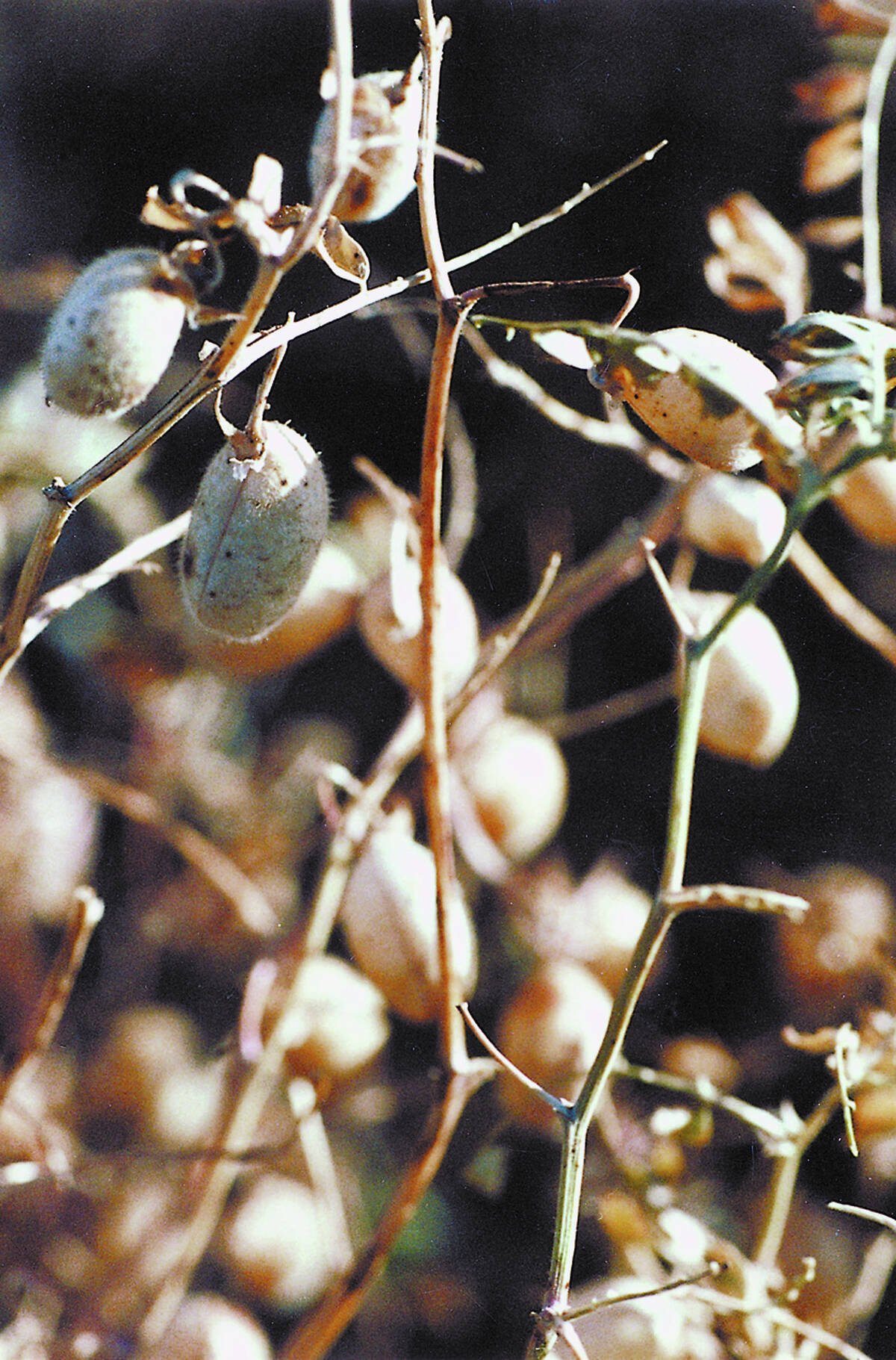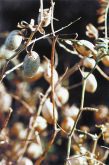Western farmers perusing statistics on the website of the Canadian Agricultural Income Stabilization program might be taken aback by the amount of money going to New Brunswick claimants this year.
Interim payments calculated so far for the 2004 CAIS program claims show 115 New Brunswick farmers received a total of almost $11.6 million, or more than $100,000 each.
That compares to Saskatchewan farmers, who received an average of almost $27,000, and Manitobans, who got $28,600 each.
When 2003 program payments are considered, New Brunswickers averaged nearly $38,000 each while Saskatchewan farmers averaged $20,093 and Manitobans $21,030.
Read Also

Low-quality chickpeas in abundance this year
There are plenty of low quality chickpeas to move this year but the pet food market is already oversupplied with product.
CAIS spokesperson Ellen Funk said there are a few reasons for the difference.
One is the number of Saskatchewan farmers who get payments.
Saskatchewan farmers receive more payments than the combined total of all of the other provinces in which Ottawa administers the program. Many of the claims are smaller, which pushes the average down.
Of the 30,858 payments made in 2003, Saskatchewan farmers received 22,549 of them. That program year is almost complete, Funk said, with just a few claims to be finalized.
Commodity value is another factor. New Brunswick farmers are mainly growing higher value potatoes, compared to the grains and oilseeds grown on the Prairies.
“In 2004, New Brunswick farmers were affected by pink rot, which is a disease in potatoes, and that was quite devastating and resulted in their reference margins dropping quite a bit,” Funk said, referring to the large interim payments.
Meanwhile, the Canadian Wheat Board recently asked Ottawa to discontinue using initial payments to value changes in grain inventory for CAIS payments. The board said the program has to more accurately reflect the market value of farmers’ grain.
Using the initial payment reduces CAIS payments in years when inventories go down.
Funk said officials are working on this concern.















